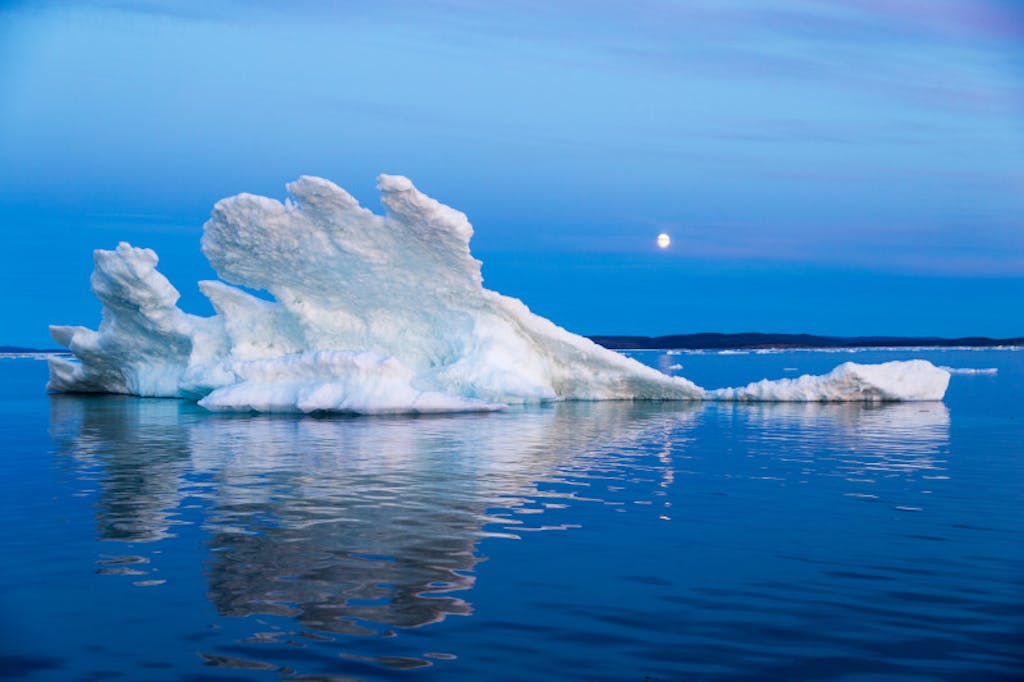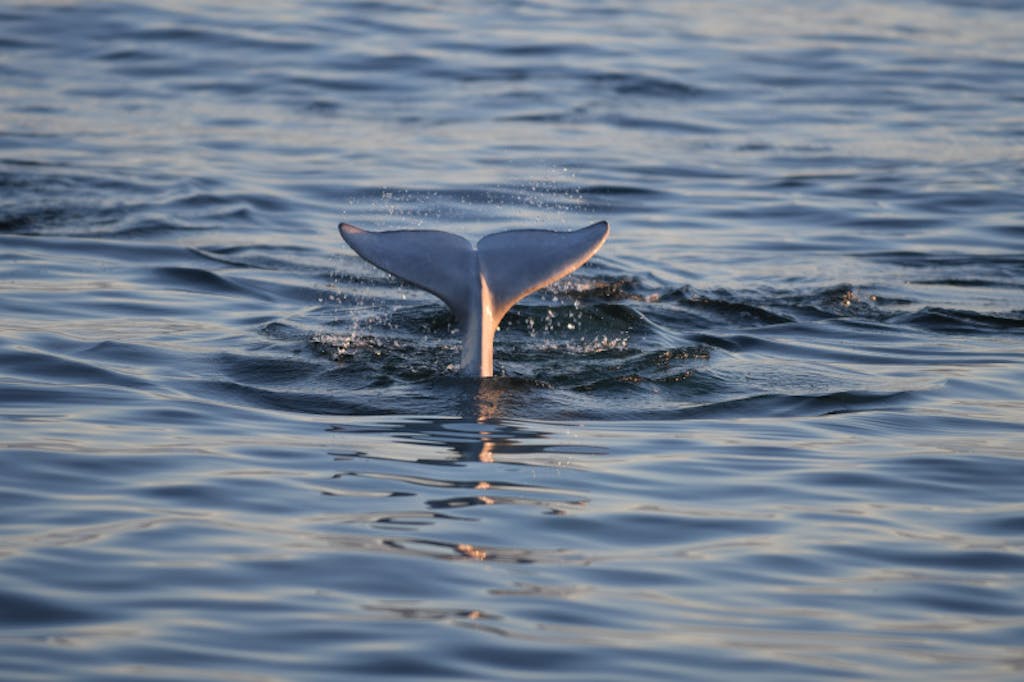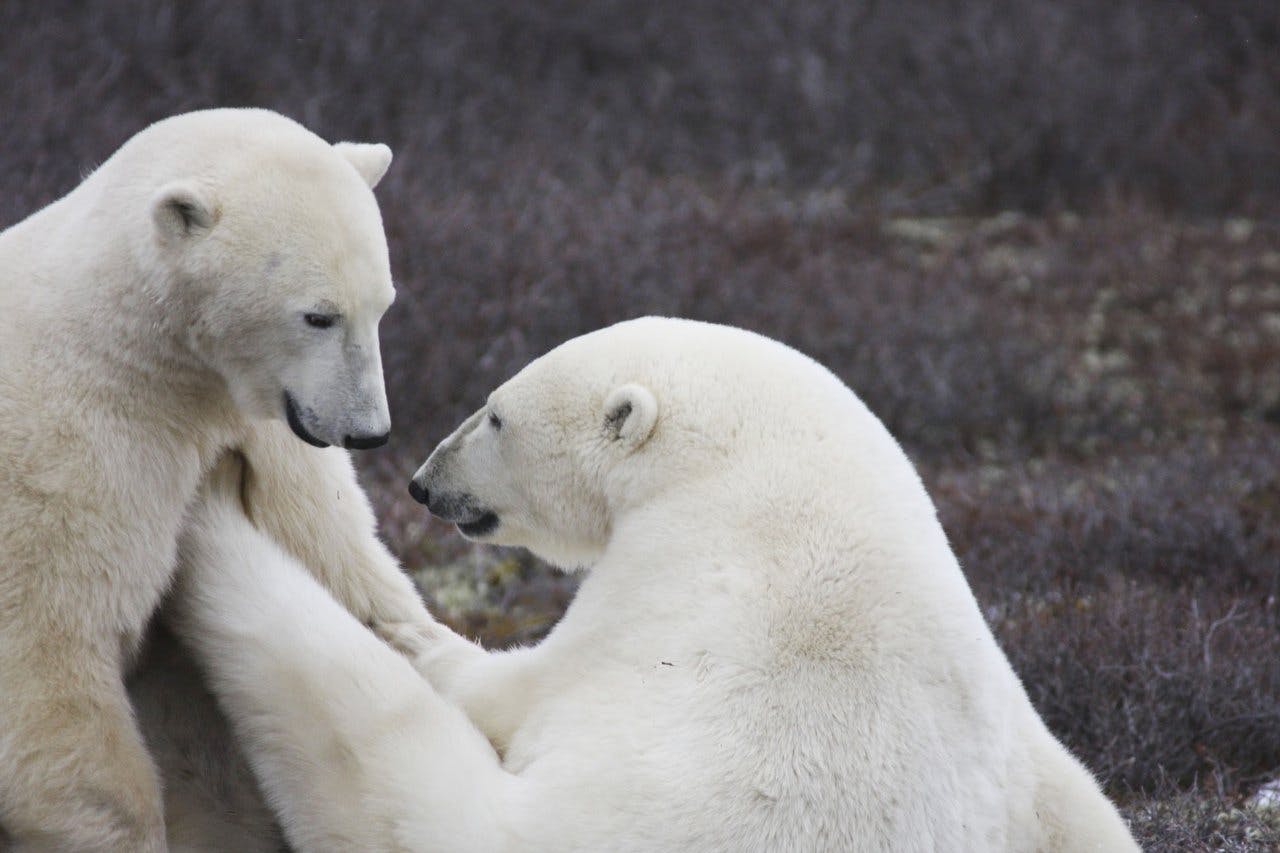Northern Canada’s Arctic is a Mystery to Many; a Native Canadian Shares Impressions
My earliest memory in winter is of my father flooding the backyard for a rink. On frigid days I would skate there with my brother and sister. I like to say that I didn’t take a first step. Rather, I took a first glide — on ice. The 8 mm camera footage is long gone, but the memory remains of me making my mark on twin blade skates attached to my booties.
It was the novelist Robertson Davies who wrote, “The real Canadian is a northerner.” Which I find to be ironically true, given that the vast majority of Canadians live within a day’s drive of the border with the United States. That was true of me too. The city I grew up in wasn’t in the far north, but even as a child I was drawn to the blizzard swirl of snow, towering icicles from rooftop eaves, the quiet of long winter nights. Others may think of us as having bleak northern lives, with our heart sinking after a heavy snowfall: The sense that we’re saddened, yet again stuck rather than uplifted. Indeed, bundled up in our layers of all-weather gear, we northerners can seem a little distant, reticent. Interiors. We are about interiors.
In my mind, a voyage to Canada’s Arctic makes a simple ask of travelers. That when you step aboard Silver Endeavour en route to the far north, to places literally thousands of miles from a museum exhibit or a four-story building, that you work to channel that northerner in you. The idea is, as my wife the master storyteller Mary Morris writes in “All the Way to the Tigers,” her successful quest to see a tiger in the wild in India: A guide told her “most people want to see tigers. You want to see everything.”

A place I like to start in my inner journeys to the north is in the Atlas of True Names. This map uses etymology to offer insight into place names. For example, Hudson Bay is dubbed Heartson Bay, and the Canada’s far north is called Our Land. I like to think that the message again is about interiors, about inclusion. In a world so identified by cold, darkness and ice, it seems divisiveness is a luxury. People, animals and the natural world are one.
Churchill is a good place to look for polar bears because the bear dominates the spiritual history of this place as the lion does in the Serengeti.
Travel to this region is rich in that kind of promise. That’s true whether you see Churchill, in northern Manitoba, on the horizon or are holding artworks of marble and stone carved by Inuit artists in Kinngait (Cape Dorset), or aboard a Zodiac in pristine waters exploring a glacier, or sitting with a book in the ship library. In the days before the trip, do yourself a favor and read passages of “Arctic Dreams” by Barry Lopez, a book written in the 1980s. Churchill is a good place to look for polar bears because the bear dominates the spiritual history of this place as the lion does in the Serengeti. It is best described in Inuit mythology as Tornarssuk, the one who gives power.

Churchill, like so many other Arctic destinations, is a place where it feels that time has stood still. Best known as the Polar Bear Capital of the World, it is more common to think of it as a place where ships dock rather than trucks travel to. It is far, far away from other towns and cities, with Thompson, Manitoba, being the closest largest settlement. Winnipeg is one thousand kilometers away.
Ponder Churchill and think of the origins of Canada itself. When I was growing up, my father worked as a salesman for the Hudson Bay Company. In winter, he wore the trademark beet red HBC wool jacket with black stripes when he flooded the rink. Fort Churchill, one of the company’s oldest posts, was named for Lord John Churchill, its third governor from 1685 to 1692. In the north, such history feels close in ways that isn’t true in the south.
Climate change, of course, is top of mind for travelers in the north. That’s true whether you’re looking for everything, as Morris’ guide so wisely told her, or the King of the Arctic, the polar bear. It’s possible to see the snow hare, reindeer, musk ox, or bearded seal. Or evidence of sea life: whales, narwhals and orca. It’s all there to be seen.
Recently, New York City had a significant snowfall, its first in two winter seasons.
In Central Park, people gathered in a green space to make snow sculptures during the day or two that it was cold enough for the artwork to stay. A friend of mine came upon them and was touched to see that there was only one subject. For a moment that soon vanished in the unwelcome melt, the “snow bears” made their mark on Central Park. It was surprising to me as a northerner to see how present the Arctic is in our minds.
In both our inner and the outer landscapes, we strive to embrace the more soulful aspects of place. To remove yourself as much as possible from technology and enter a more poetical, personal space. For me, Canada’s north is that place, perhaps more so now than ever, as reports of climate change reshape those boyhood dreams.
